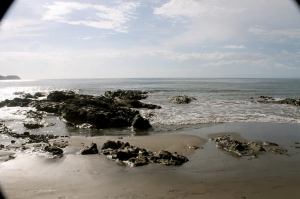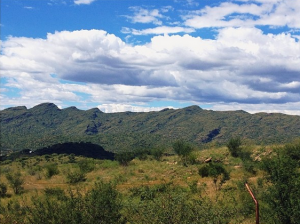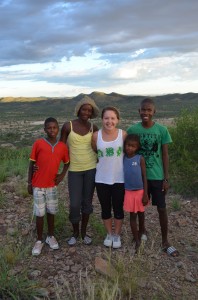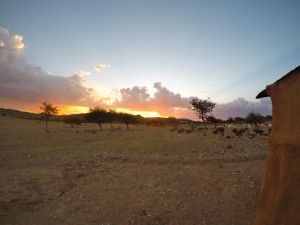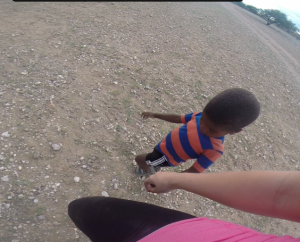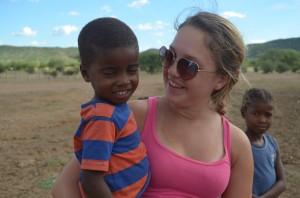Over spring break, a group of seven of us traveled on a 20+ hour bus ride from Windhoek, Namibia to Livingstone, Zambia to visit Victoria Falls. The bus ride was not nearly as bad as you would expect (sleeping pills are a life-saver). Crossing the border was an interesting experience as there was little communication of what we needed to do. We filed out of the bus and got exit stamps on our passports from Namibia. We then had no idea where to go, as the bus was now empty and everyone from our bus was nowhere to be found. Eventually, we discovered that we were supposed to cross the border on foot and walk to the Zambian border control where we were escorted to a tent. Inside, a lady sat us down in a row and shot a laser into our ears and handed us a piece of cardboard which supposedly showed that we were Ebola free. Wooo! Eventually, we made our way down the bumpy Zambian roads to Livingstone and our backpackers, Jolly Boy’s.
On our first full day, we traveled to Victoria falls and hiked around the park. We encountered many baboons who were very interested in our food. So interested in fact that they grabbed Emily by the backpack and pulled her backwards until they got a wrapper out of her bag. After recovering from this encounter, our group hiked down to Boiling Pot which is just past Victoria falls. We also hiked up to the falls themselves and got drenched in mist as we made our way to the world’s largest waterfall.
Our second day was spent white water rafting in the Zambezi river along with our new friend and roommate Tom. The water was extremely high because of the rainy season so we couldn’t start under the falls but we did begin slightly downstream. To get to the river we had to “hike” (We mostly fell) down the gorge.
Our rafting began with a quick safety talk where we learned commands such as the “oh shit” command where we had to duck down and hold onto the rope for dear life. I assumed we wouldn’t need to ever actually use this but sure enough on the first rapid we were quickly told to duck as we hit a massive wave. After we came back down, we watched as the other raft capsized.
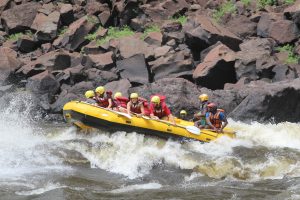
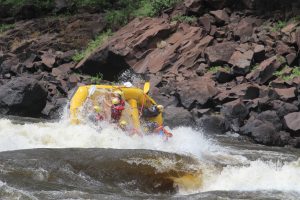 Rafting was incredible and we were subjected to some intense level 3-5 rapids. Our raft capsized twice and both times I ended up under the raft. The first time I was quickly able to work my way out, but the second time I was not only stuck under the raft but also Olivia. I had to kick and struggle for almost 10 seconds to work my way out from underneath her and the raft. I now know what it’s like to have your life flash before your eyes. That night we went on a sunset cruise on top of the falls where we could look over the edge and also see some hippos.
Rafting was incredible and we were subjected to some intense level 3-5 rapids. Our raft capsized twice and both times I ended up under the raft. The first time I was quickly able to work my way out, but the second time I was not only stuck under the raft but also Olivia. I had to kick and struggle for almost 10 seconds to work my way out from underneath her and the raft. I now know what it’s like to have your life flash before your eyes. That night we went on a sunset cruise on top of the falls where we could look over the edge and also see some hippos.
On Tuesday we went on a bike tour through downtown Livingstone and the surrounding villages. We visited various homesteads and markets as well as a local school that is funded by the profits from the bike tour. After biking, Luke and I explored the city, found some delicious food, and played some billiards in the park.
Wednesday brought with it adrenaline. Luke and I had the brilliant idea to book a full day of adventure activities at the Gorge just past Victoria Falls. We were driven out to the falls where we discovered that we were the only people in the entire place. This meant that we could do everything as much as we wanted without any need to wait around. They started us out with repelling down the Gorge cliff face as we slowly walked our way down and began to push off the cliff. We worked our way down to the bottom and then hiked our way across the gorge and climbed our way back up to the top. We then did the Flying Fox which is a zip line that spans across the Gorge. You harness in with the rope on your back and then you
run off the cliff, diving forward, so that you can “superman” across the Gorge. This was pretty easy and was more like a relaxing break from what we would be doing next. The next thing we did was repelling again, but this time we did it “Mission Impossible” style which is face down so that all you see is the ground and you lay completely horizontal to the cliff as you push off. By far the best thing that we did was the World Famous Gorge Swing. You walk up to the edge of the cliff with not one but two harnesses on, hanging your toes off the edge. The guy then counts down from 3 and you take a huge step and the next thing you know is that you are falling over 100 meters down the cliff. The rope then catches you and you swing back and forth from one side of the gorge to the other. I did this swing three more times and it didn’t get any less terrifying. Walking up to the edge of a cliff and stepping off the edge makes you think about your life….
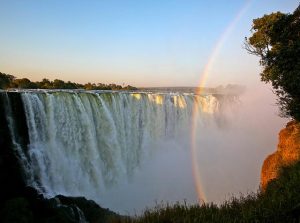 ….Anyway, Victoria Falls was an amazing experience that let me witness one of the wonders of the world while also pushing myself far beyond the limits of my comfort zone.
….Anyway, Victoria Falls was an amazing experience that let me witness one of the wonders of the world while also pushing myself far beyond the limits of my comfort zone.
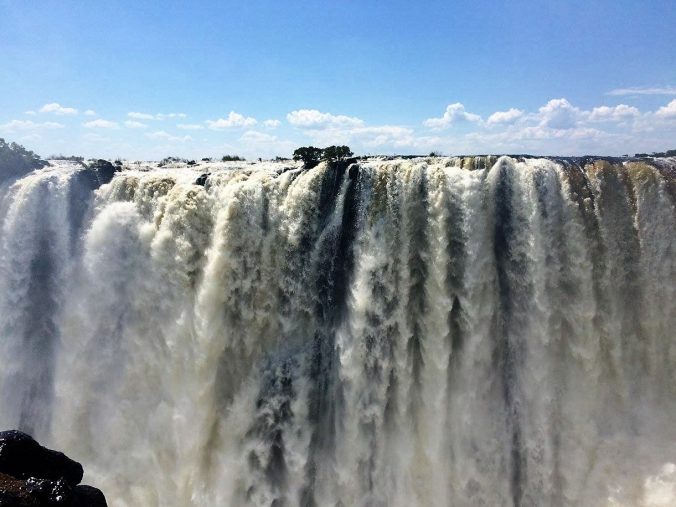
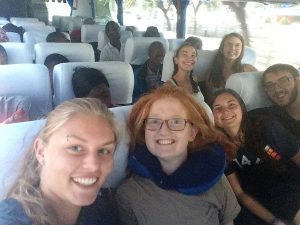
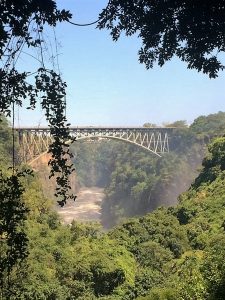
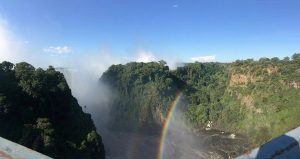
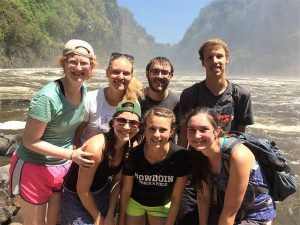
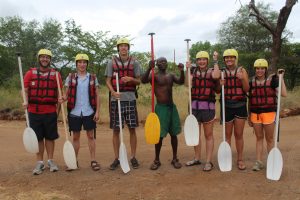
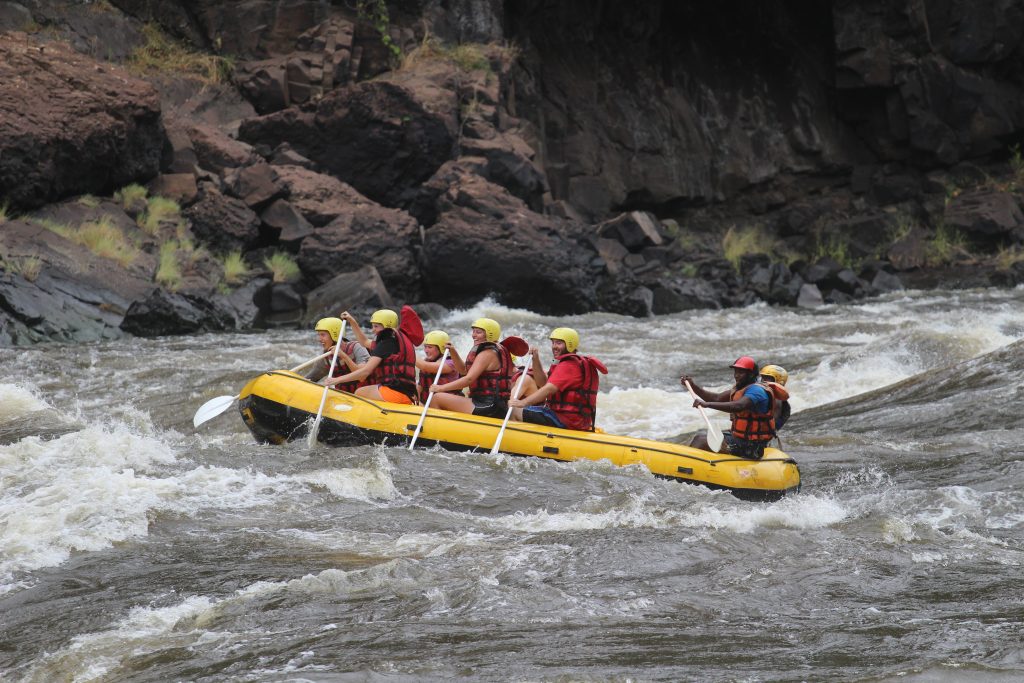
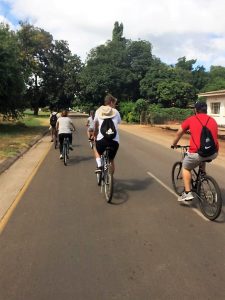
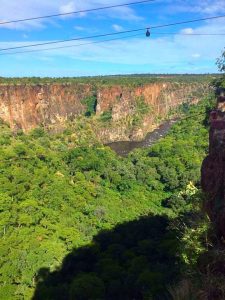
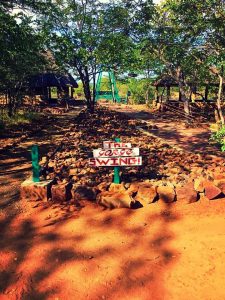
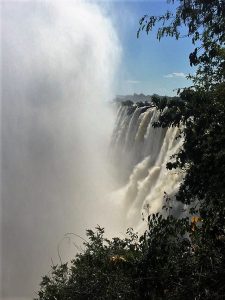
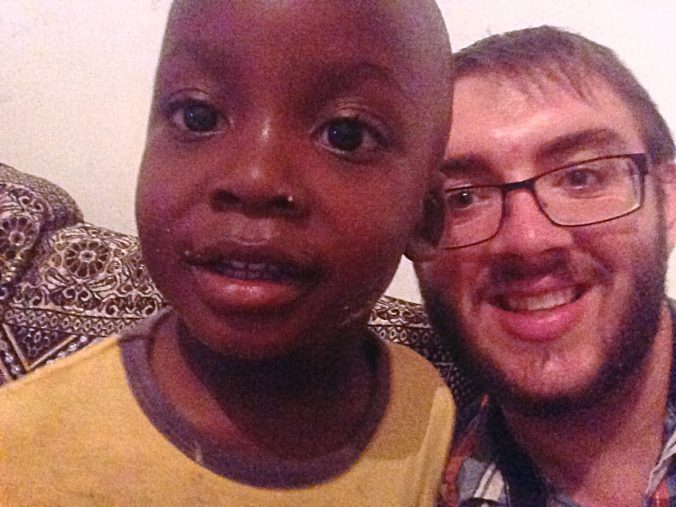
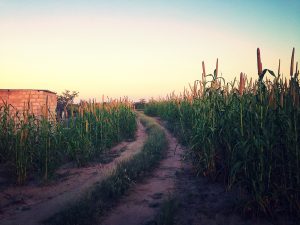
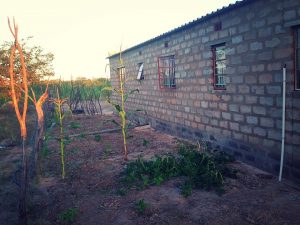
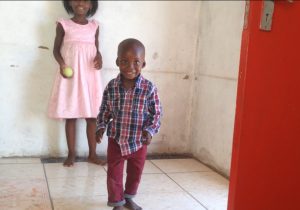
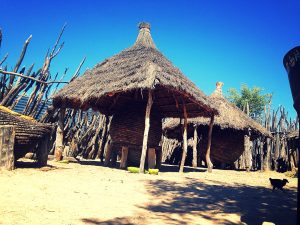
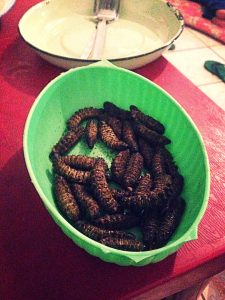
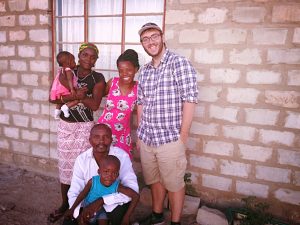
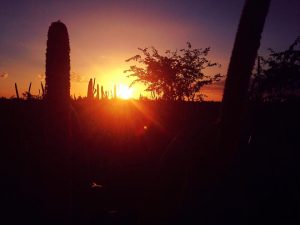
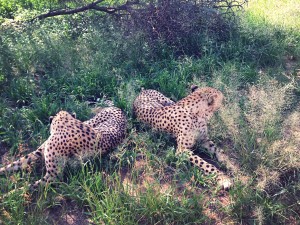
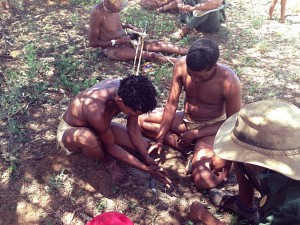
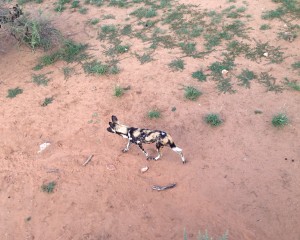
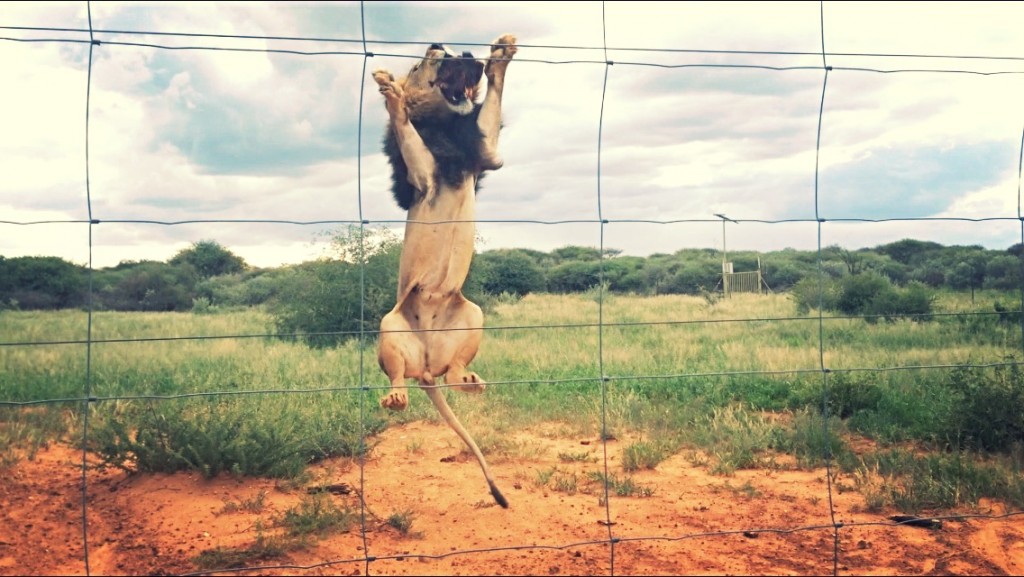
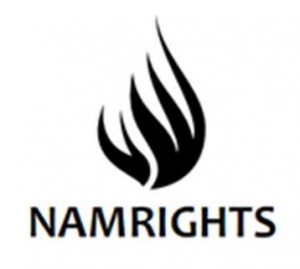

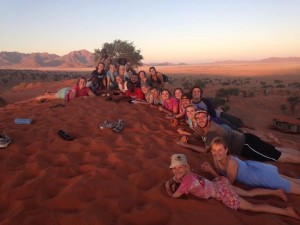
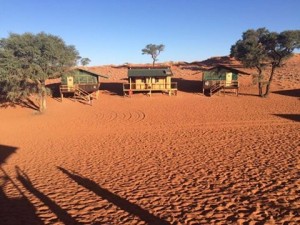
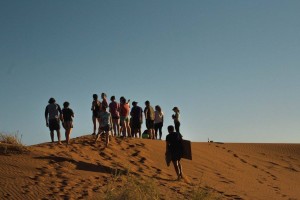
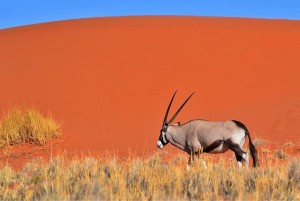
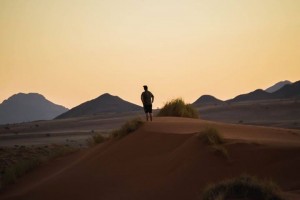
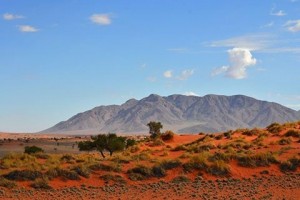
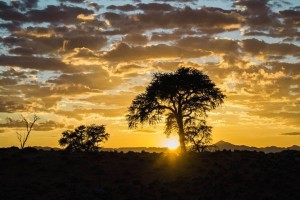
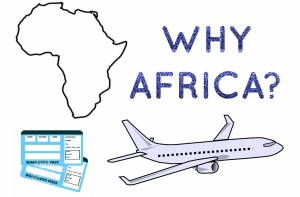
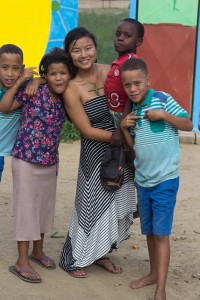
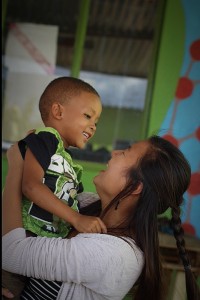
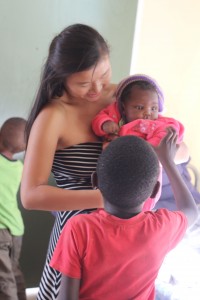
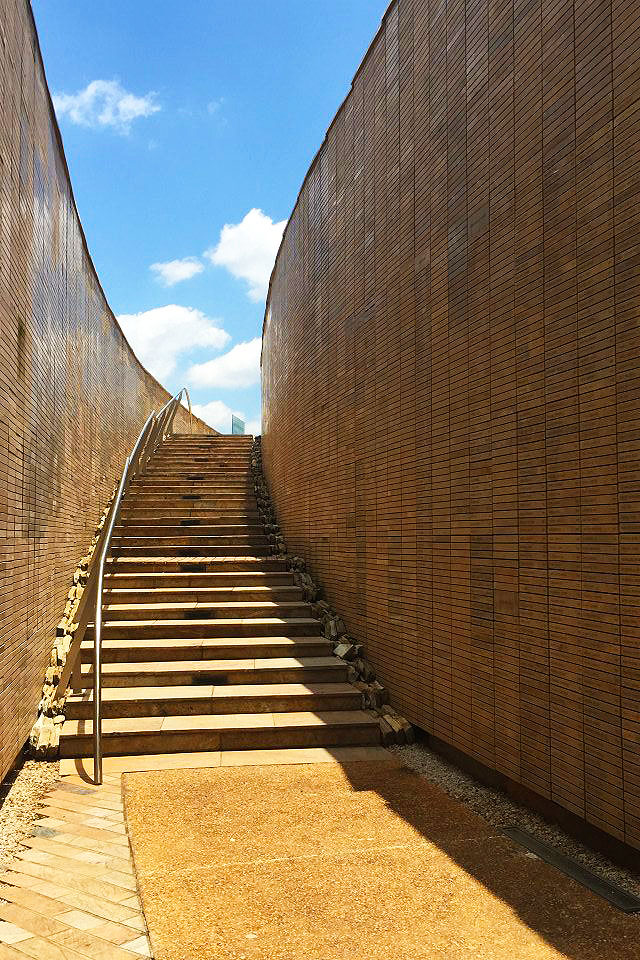
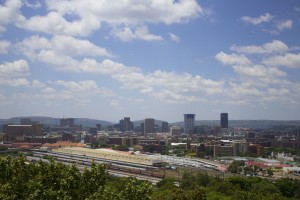
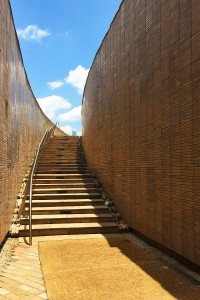
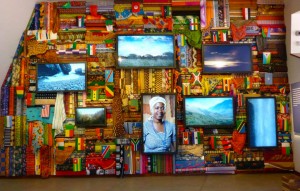
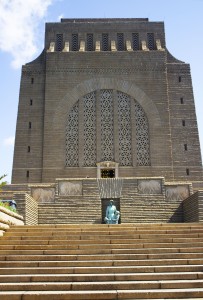
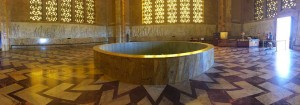
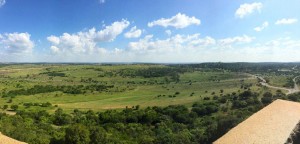
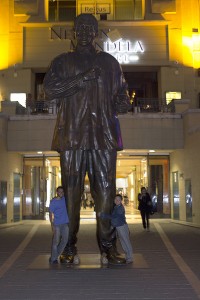
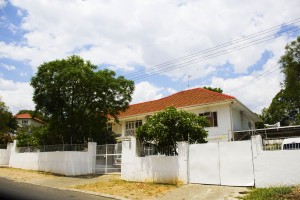
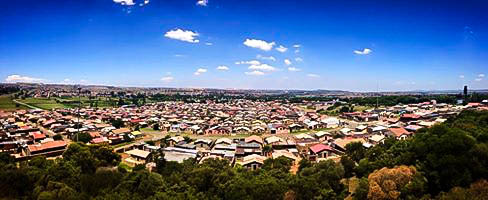
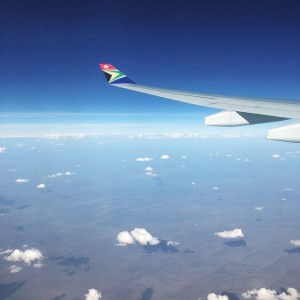
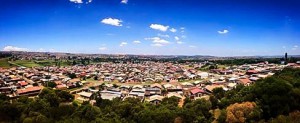
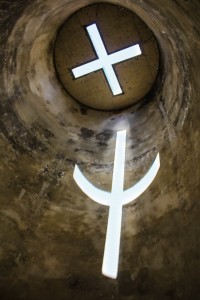
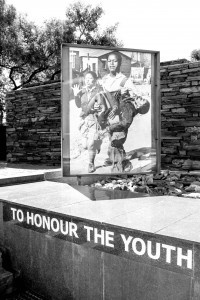
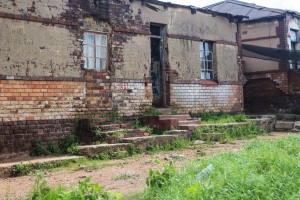
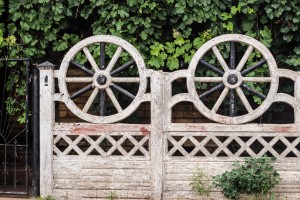
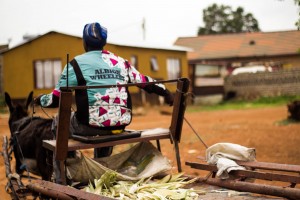
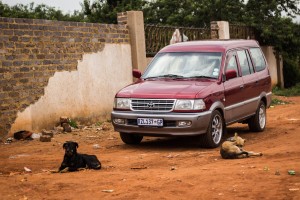
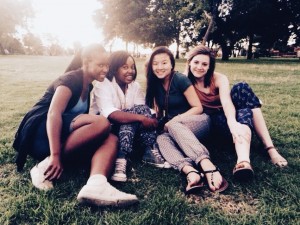
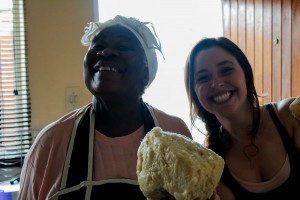
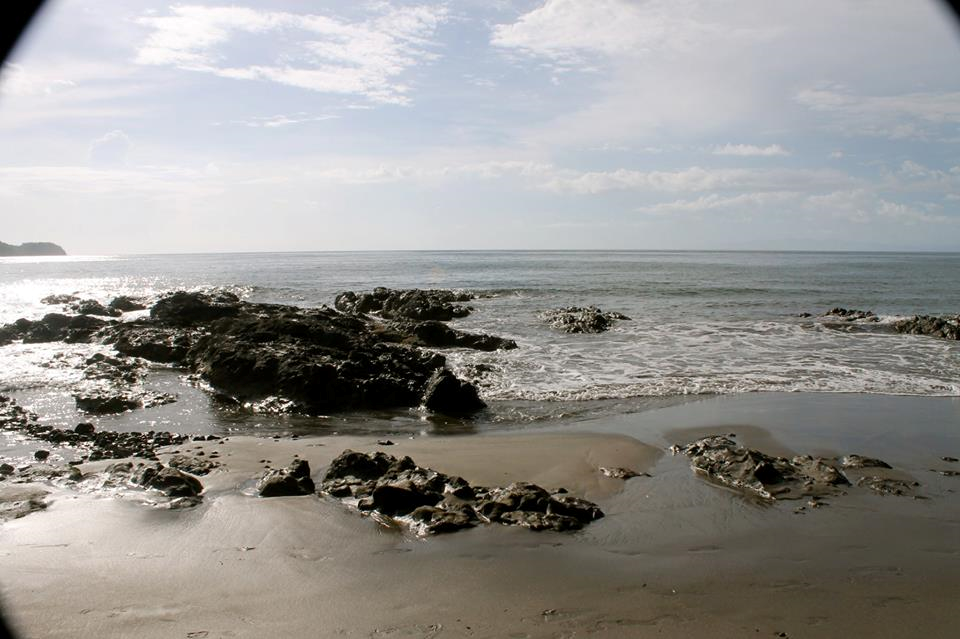
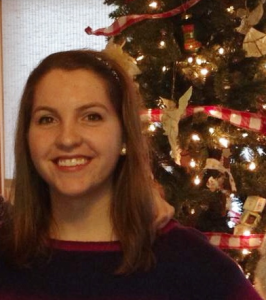 abroad was not a challenging decision for me. Growing up, I knew I was interested, and it was highly encouraged in my family. My mom lived and studied in Europe during her college years and after graduation, she moved to Japan for a year to teach English. To this day, she is still enthusiastic about her experiences and I believe that this is what triggered my own desire to study abroad, although it was ultimately my decision.
abroad was not a challenging decision for me. Growing up, I knew I was interested, and it was highly encouraged in my family. My mom lived and studied in Europe during her college years and after graduation, she moved to Japan for a year to teach English. To this day, she is still enthusiastic about her experiences and I believe that this is what triggered my own desire to study abroad, although it was ultimately my decision.